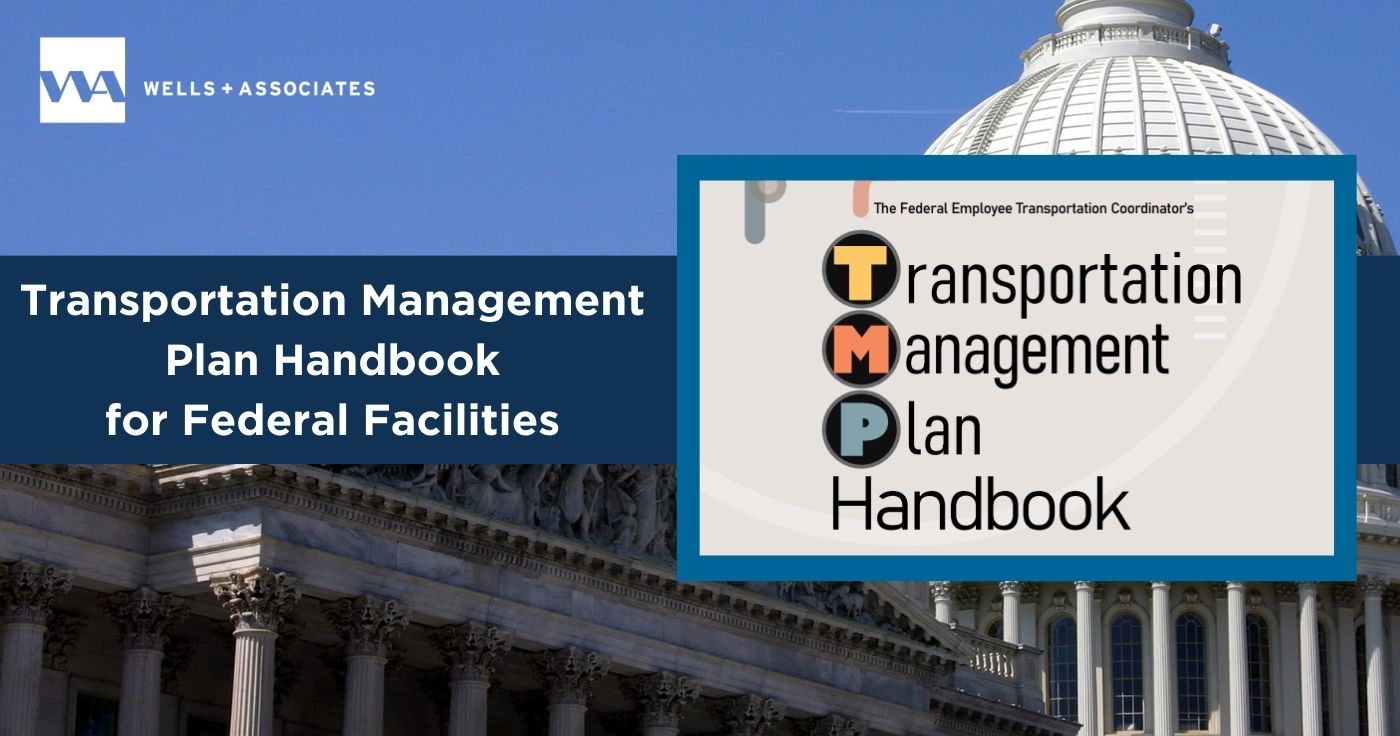Federal facilities in the National Capital Region are required to develop plans to manage transportation. Transportation management plans are a part of this process, enabling transportation planners to help federal agencies encourage multimodal transportation and minimize transportation impacts, among other things.
The General Services Administration (GSA), National Capital Planning Commission (NCPC), and Metropolitan Washington Council of Governments (MWCOG) collaborated in August 2021 to release their most recent Transportation Management Plan (TMP) Handbook.
This establishes the process by which Federal facilities in the National Capital Region (NCR) should develop TMPs and outlines the responsibilities of the subject property, GSA, and partnering agencies.
Throughout the process, continual input is required from NCPC, GSA, and MWCOG, as well as organizations such as the Washington Metropolitan Area Transit Authority (WMATA), Clean Air Partners, the Office of Personnel Management (OPM), and local and state jurisdictions.
Elements of a TMP for Federal Facilities:
A transportation management plan for federal facilities addresses several issues, including:
- Define TMP Goals & Objectives: Define goals aligned with NCPC’s employee parking ratio targets, including strategies and mode split goals that support the installation’s parking ratio.
- Description of Existing & Planned Transportation Systems: Assess existing and planned transportation systems, covering parking, public transit, micro-transit, cycling, pedestrian facilities, access to arterials, safety, congestion, and nearby services. Consider planned projects impacting accessibility.
- Analyze Travel Patterns & Commuter Behavior Review: Analyze travel patterns, commuter behavior, housing info, and barriers to non-SOV travel.
- Evaluate Project Travel & Impacts: Evaluate travel impacts on parking, ensuring compliance with NCPC parking ratios and Federal facility policies.
- Develop TDM Plan: Develop a TDM plan with short and long-term strategies to minimize vehicle trips and discourage SOV travel.
- Create a TDM Implementation Plan: Create a plan for TDM strategy implementation, addressing prioritization, budget, communications, data collection, measures of effectiveness, and modification processes.
- Regular Monitoring and Evaluation of TMP: Conduct ongoing monitoring and evaluation through surveys, traffic studies, and coordination with HR. Submit biennial reports to NCPC.

